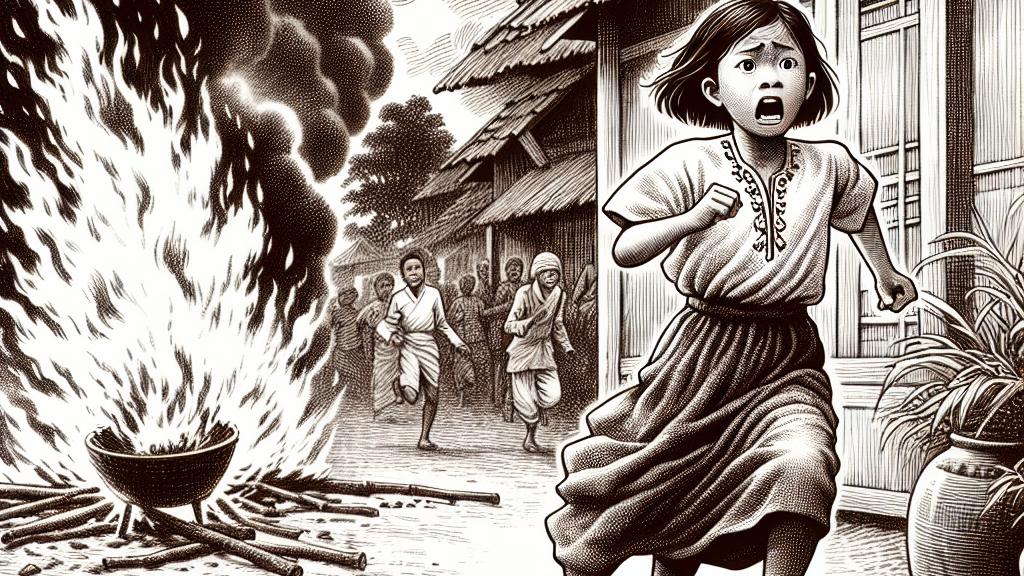Understanding the Debate Around the Famous Napalm Girl Photograph
Overview
- The Napalm Girl photograph vividly shows the horrors of the Vietnam War and its impact on civilians.
- A new documentary challenges the notion that Nick Ut is the original photographer, stirring controversy.
- The Associated Press conducted an extensive investigation that strongly reaffirms Ut's authorship.

The Iconic Photograph
On a fateful day, June 8, 1972, history froze in time when Nick Ut captured the unforgettable 'Napalm Girl' photograph. This heart-wrenching image features a young Phan Thi Kim Phuc, her face etched with fear, running naked from a devastating napalm attack that engulfed her village. Ut, a talented photographer for the Associated Press, was in the right place at the right time—not just as a reporter, but as a chronicler of human suffering. The image subsequently garnered the Pulitzer Prize in 1973, thus serving as a powerful indictment of the brutality of war. It became a rallying point for protest movements around the globe, illustrating the dire consequences of militaristic policies on innocent civilians and stirring the conscience of a generation.
Controversy Arises
However, the recent release of the documentary 'The Stringer' has thrown a cloud of uncertainty over Ut's pivotal contribution. This provocative film alleges that Nick Ut is not the true author of the photograph, suggesting that an unnamed 'stringer' took the shot and left the film for Ut to develop. The ramifications of such a claim are massive—not only does it undermine Ut's legacy, but it creates a ripple effect in how historical narratives are constructed. In response to this inquiry, the Associated Press undertook a rigorous investigation, resulting in a meticulously detailed 23-page rebuttal that reaffirms Ut’s authenticity as the photographer. They conducted interviews, examined archival data, and gathered testimony from colleagues who were present at the Saigon bureau, all converging on one undeniable truth: Nick Ut captured this moment of terror.
Nick Ut vs. The Stringer’s Claims
Despite its compelling nature, the narrative presented in 'The Stringer' fails to gather traction when juxtaposed against the overwhelming evidence supporting Ut’s authorship. Those familiar with the situation argue that the documentary’s claims are not just misleading but represent an ethical quandary that complicates historical accuracy. Numerous individuals, including former colleagues of Ut, have repeatedly asserted that he is indeed the photographer. The debate raises critical concerns: What happens to our understanding of truth when individuals attempt to rewrite history? In a world already flooded with misinformation, such questions linger in the air long after the discussions die down.
Cultural Impact and Legacy
Ultimately, the Napalm Girl photograph remains an enduring symbol of the struggle against war and suffering. Its impact transcends the specifics of the Vietnam War, touching upon universal themes of humanity and ethics. From art exhibitions to high school curricula, this iconic image is frequently revisited, maintaining its relevance in contemporary discussions on military conflicts and human rights. It prompts viewers to confront the human cost of warfare, compelling individuals to examine their own views on ethics in journalism and the media. As society continues to grapple with conflicts around the world, the lessons imparted by this historical photograph serve as a vital reminder of the responsibility that comes with wielding a camera. It is a call to action, encouraging all of us to bear witness, advocate for change, and remember the individuals who lived through these unimaginable horrors.

Loading...